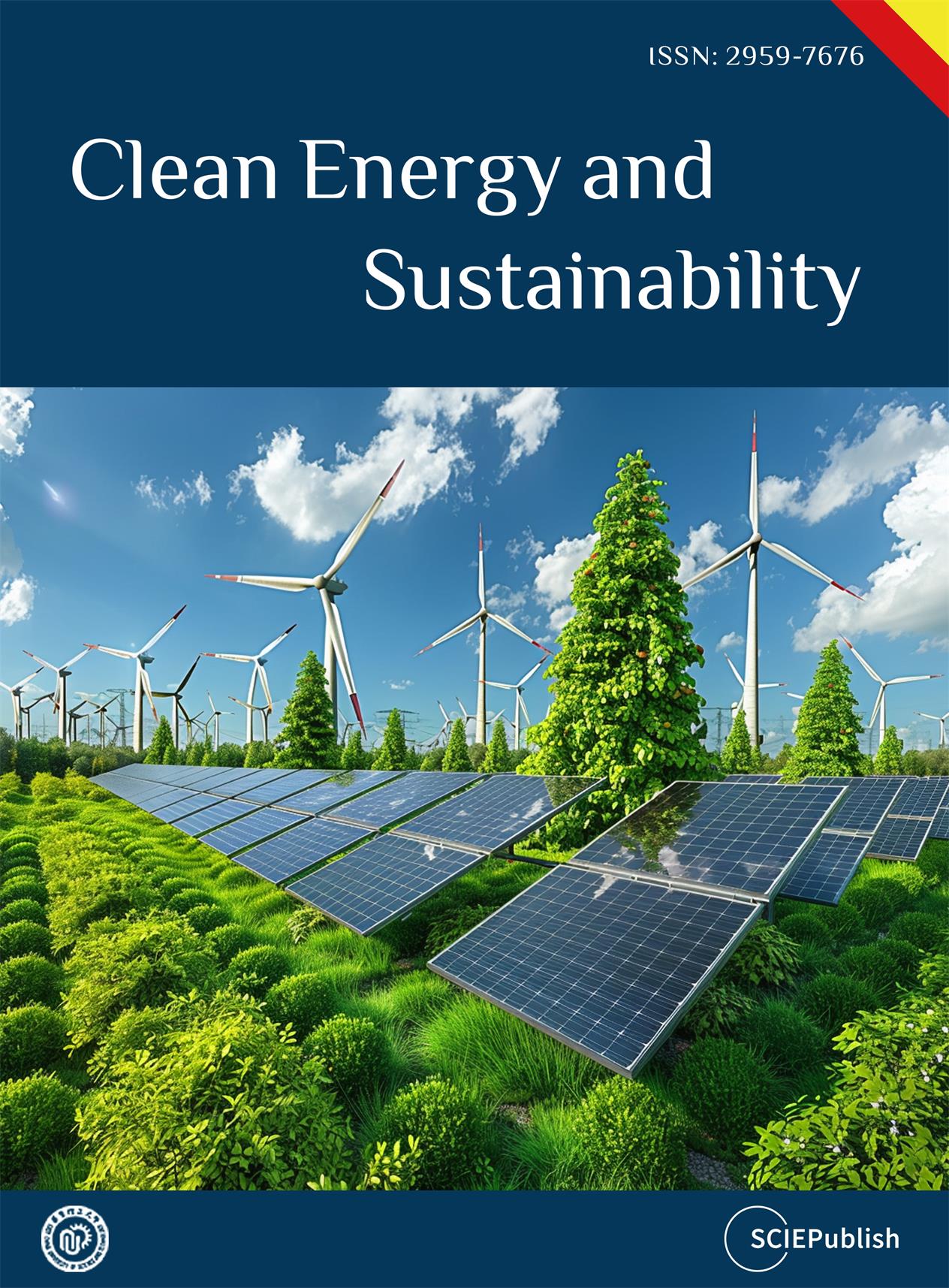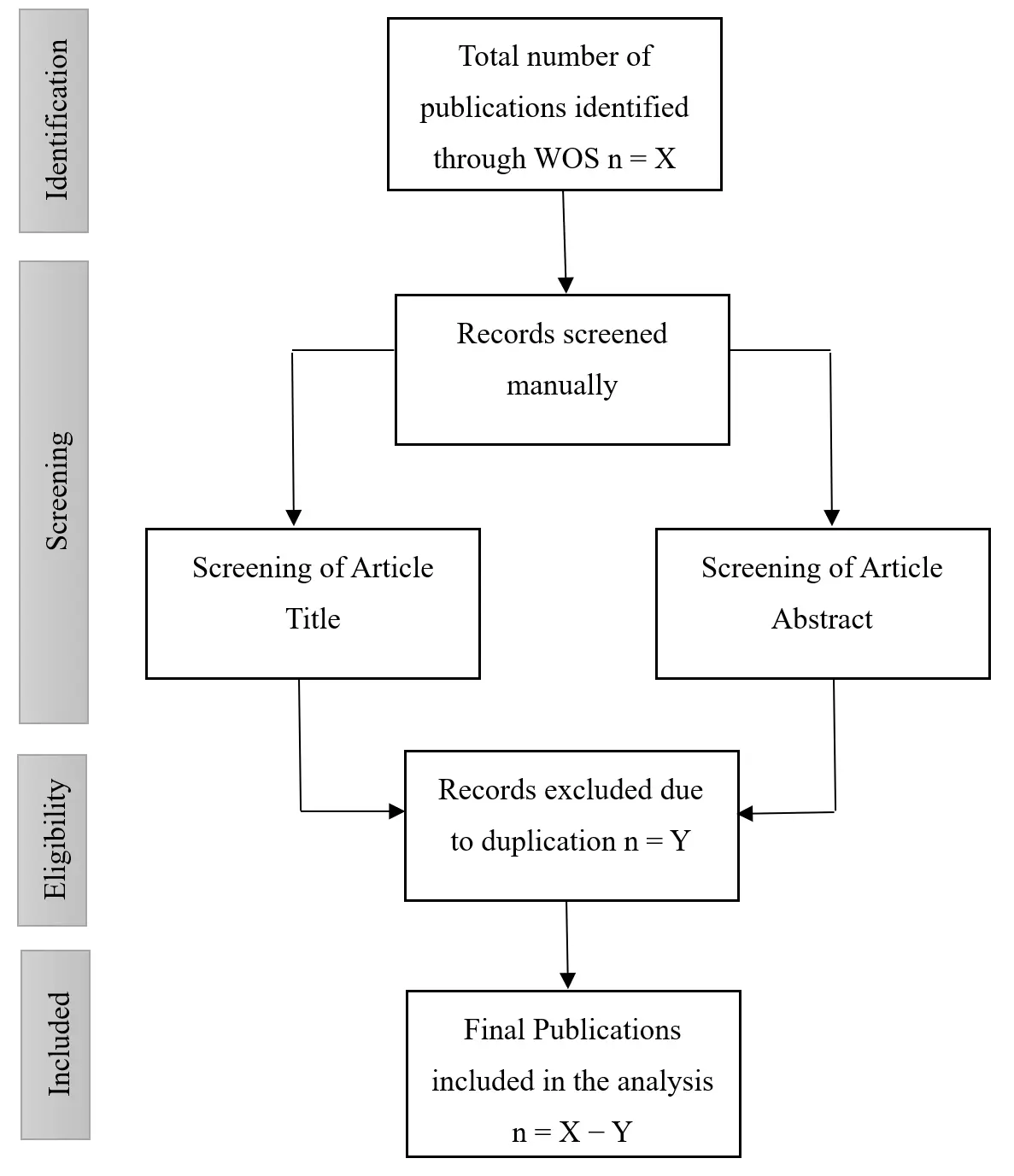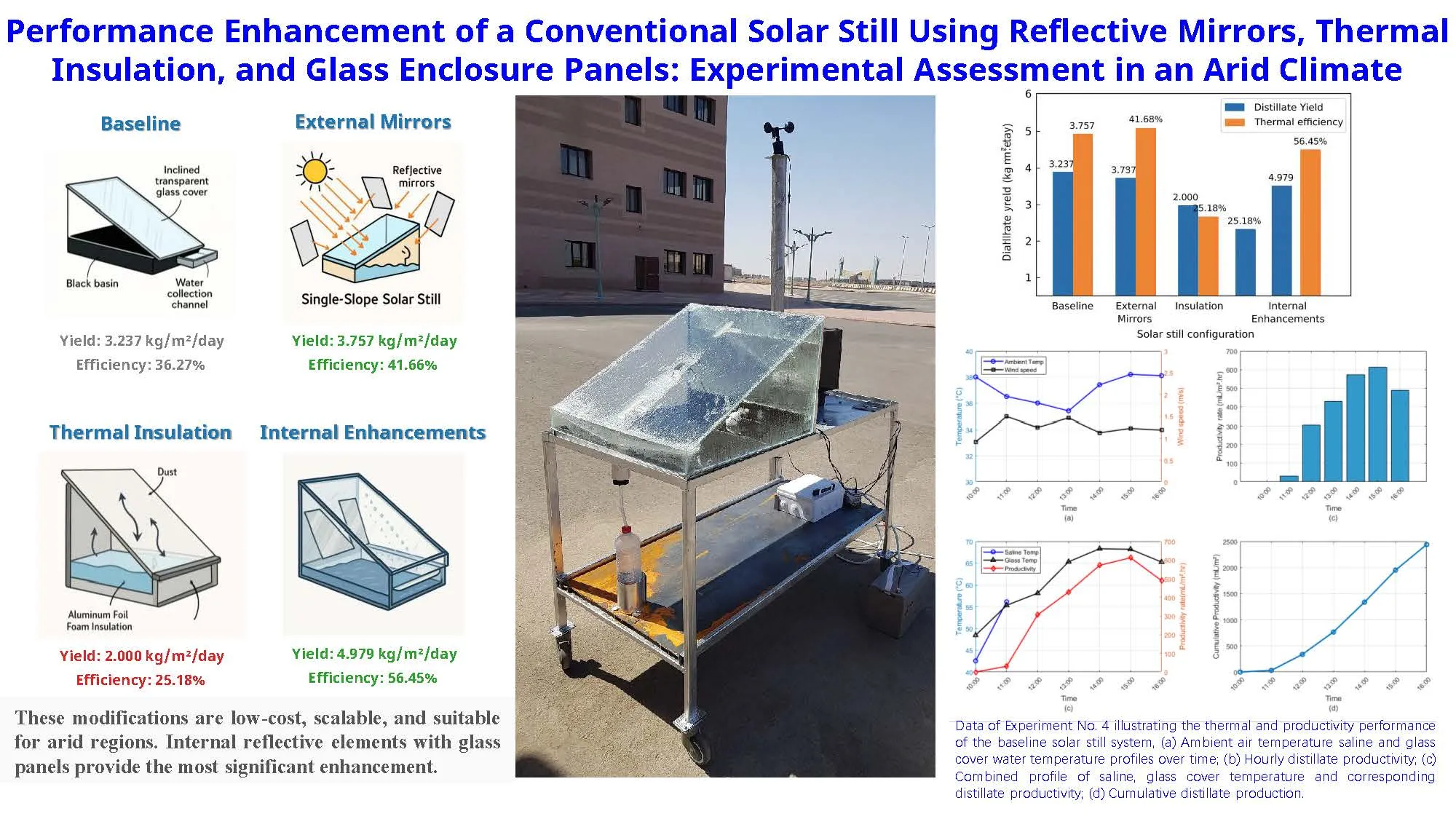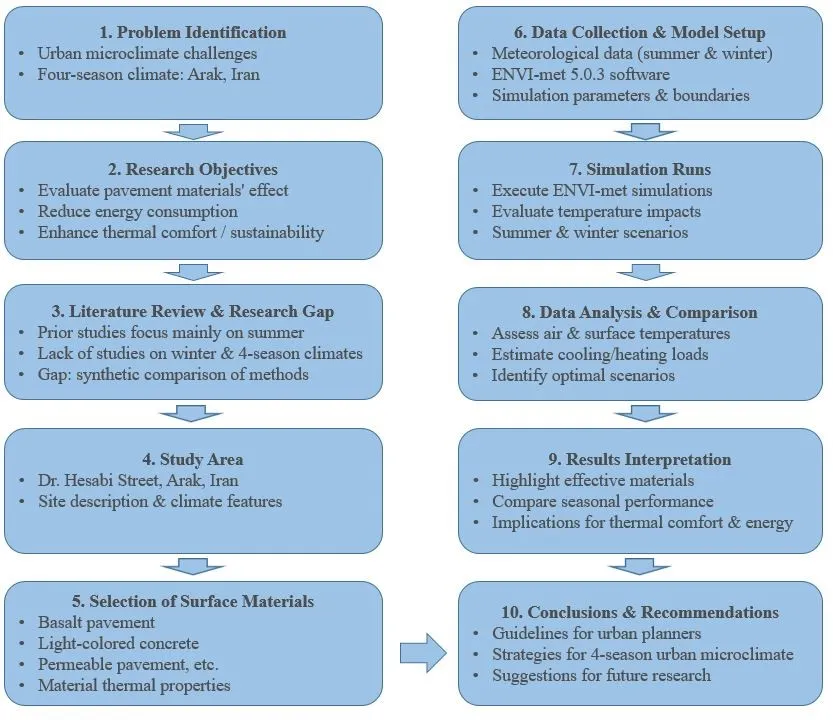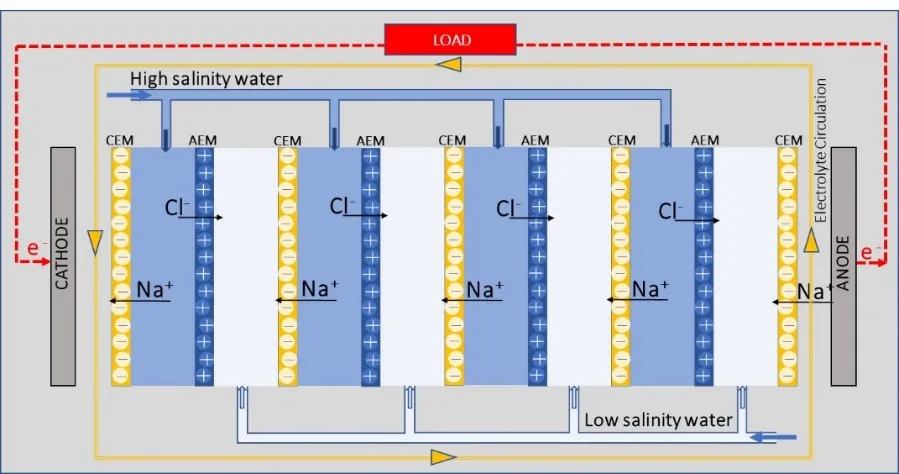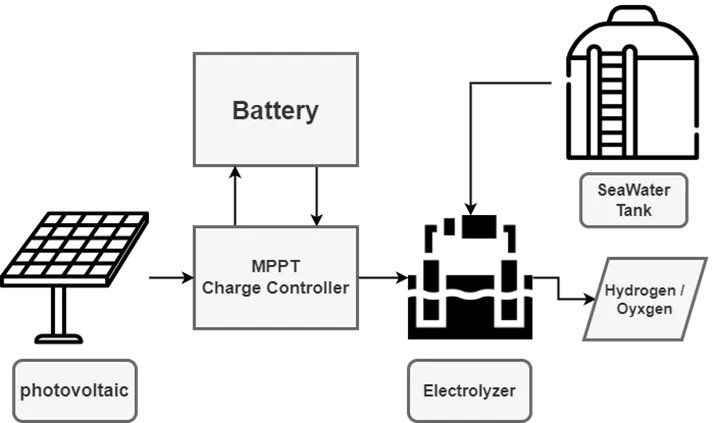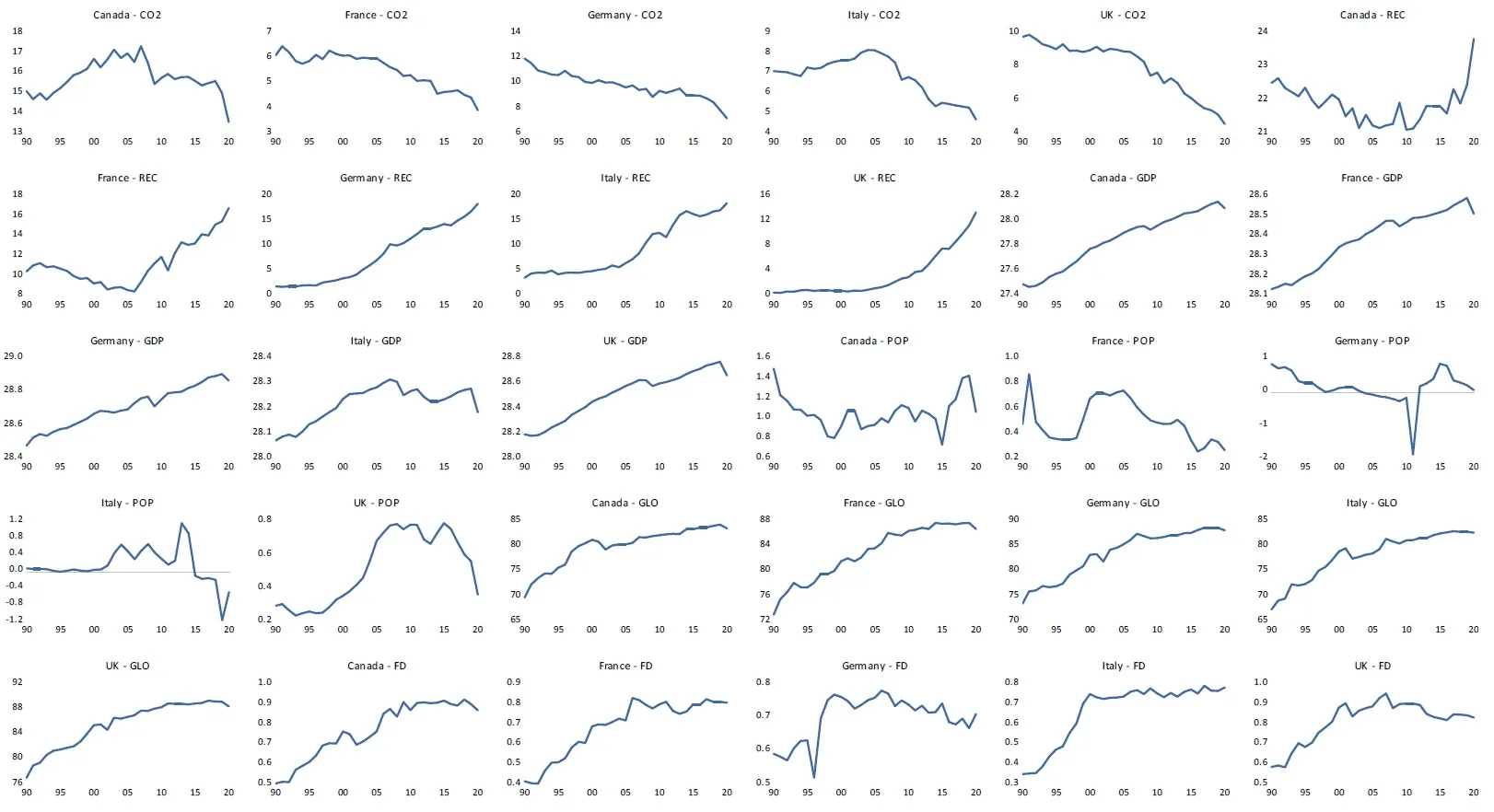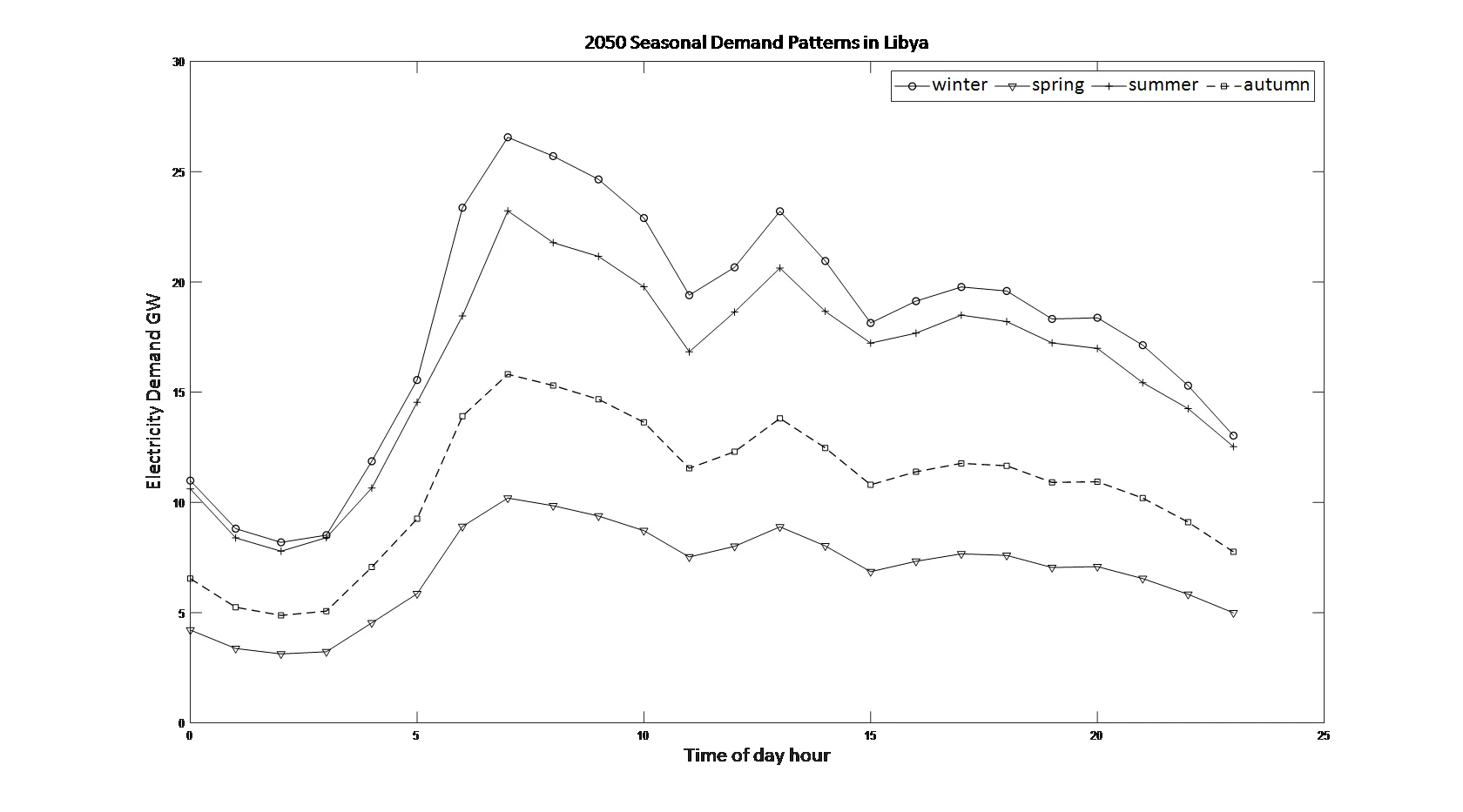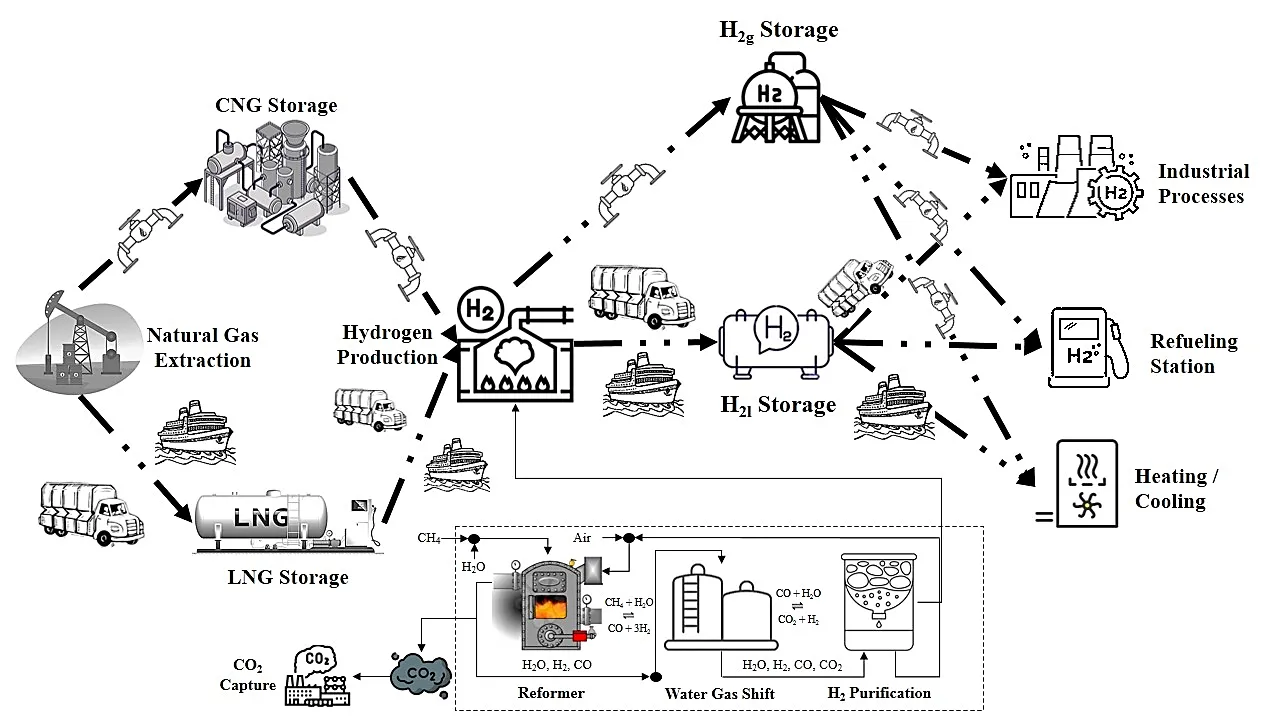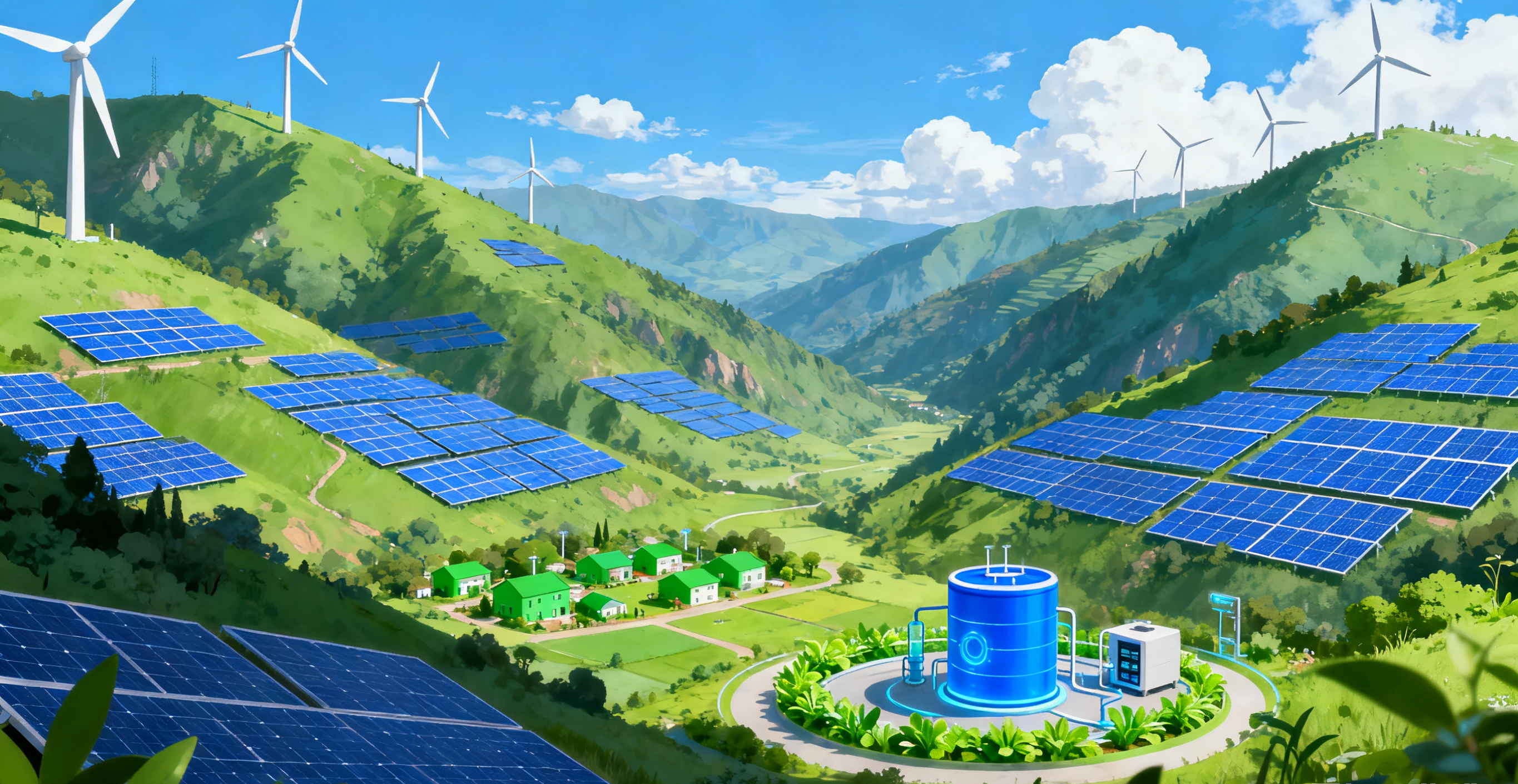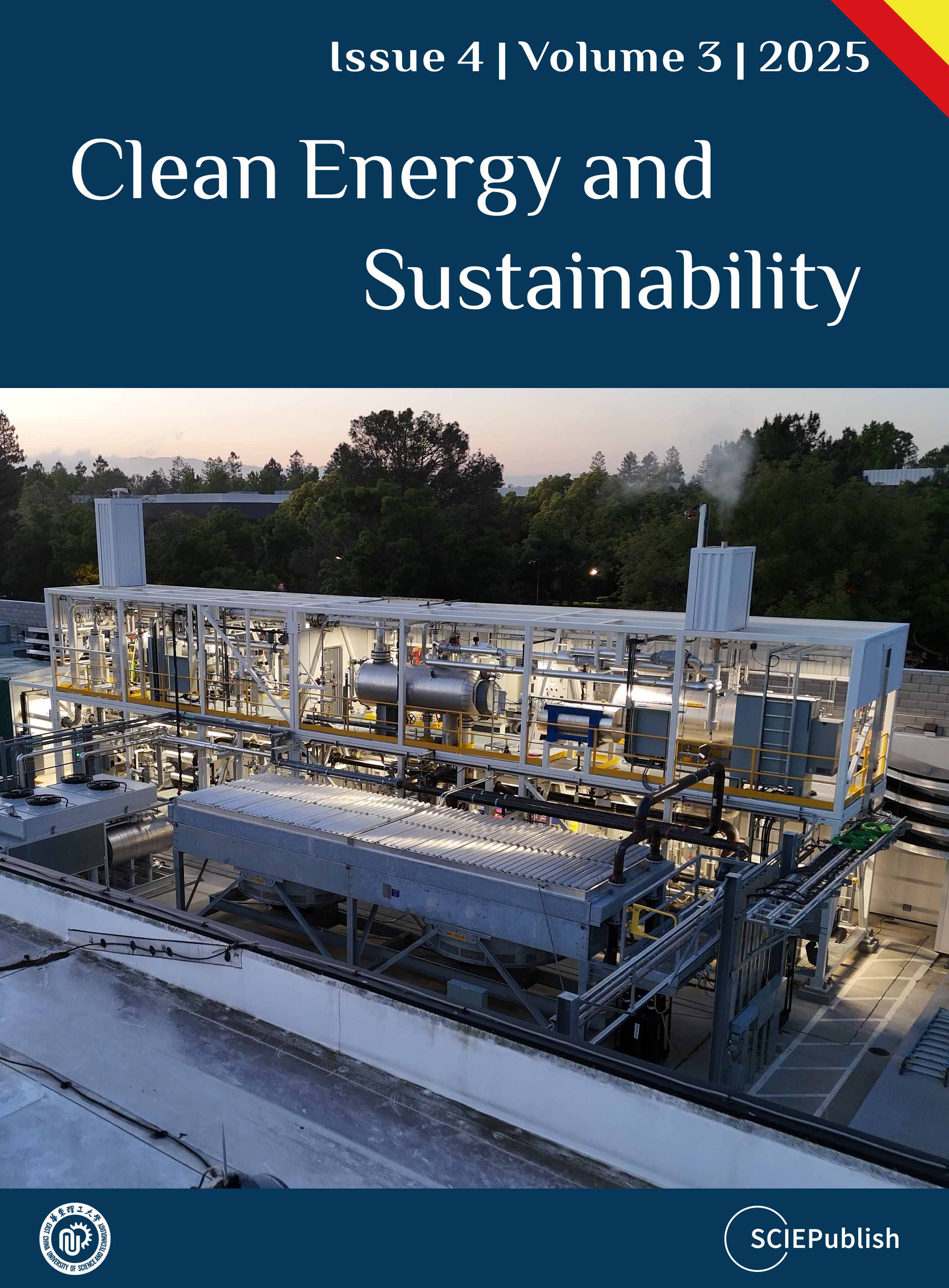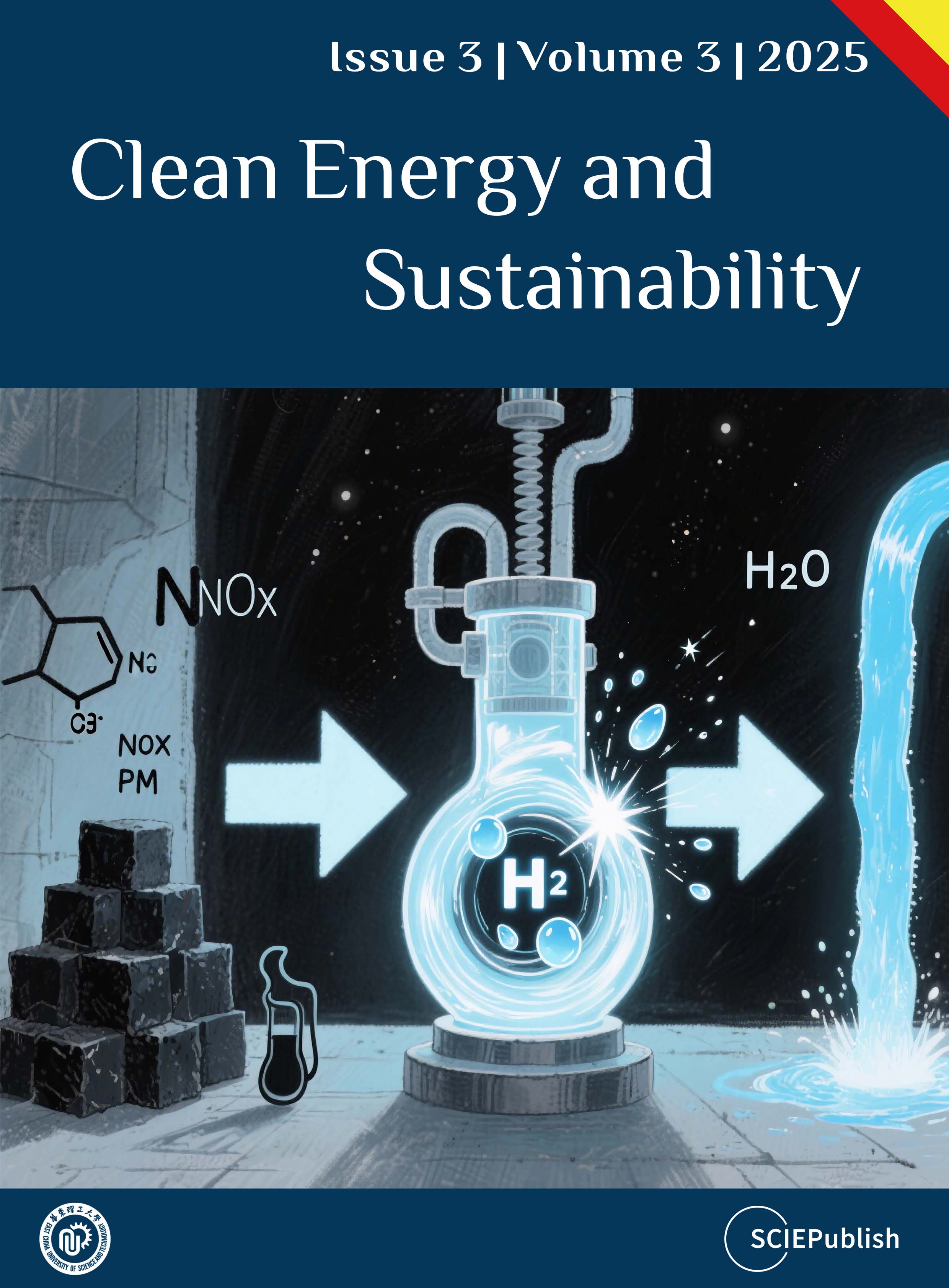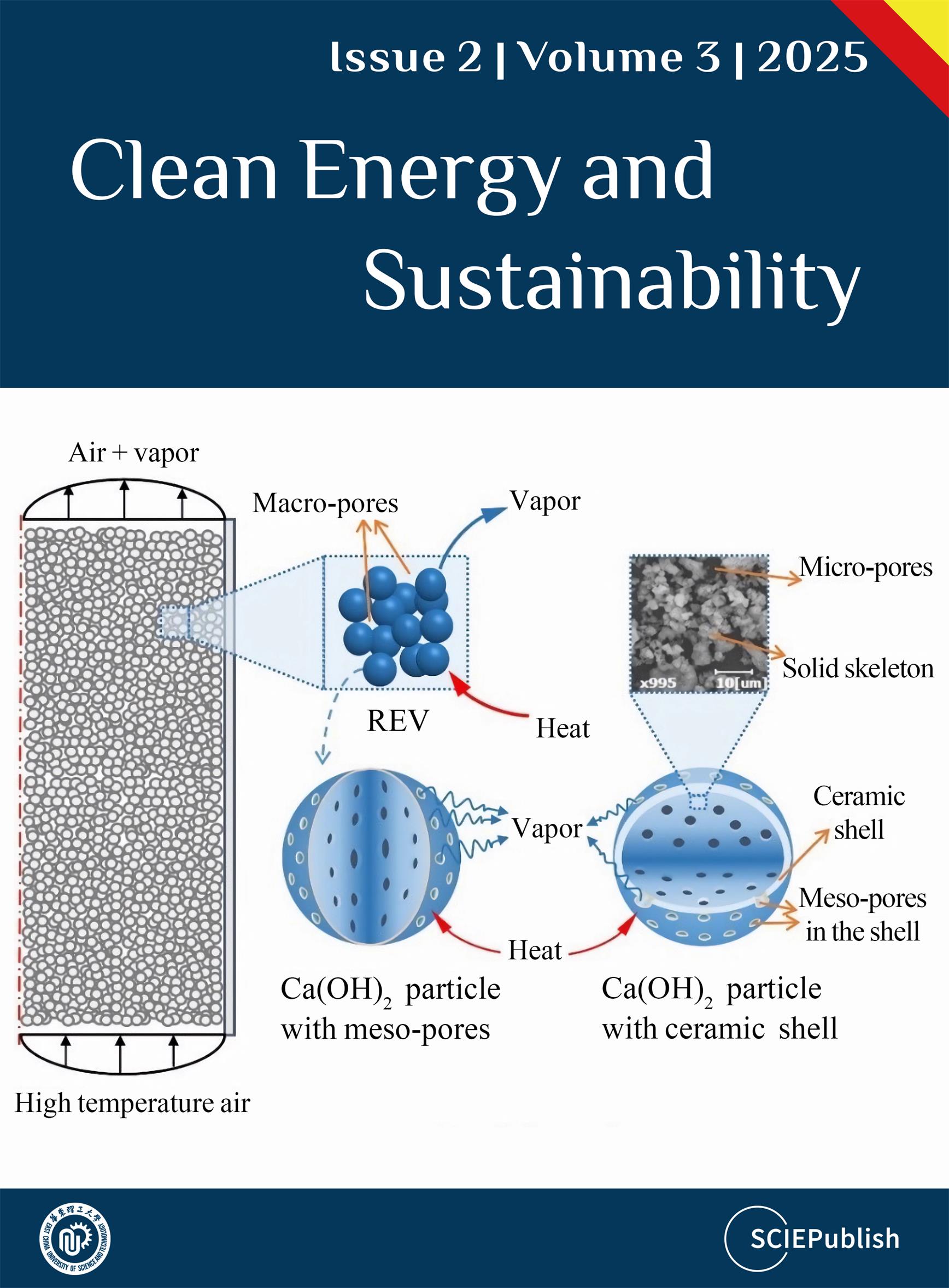Clean Energy and Sustainability
 Open Access
Open Access
ISSN: 2959-7676 (Online)
2959-7668 (Print)
An official journal of School of Resources and Environmental Engineering, East China University of Science and Technology
Clean Energy and Sustainability (CES) aims to be an international, peer-reviewed and open access journal that publishes original theoretical and experimental research in all aspects of clean energy. It is published quarterly online by SCIE Publishing Ltd. View full Aims&Scope
